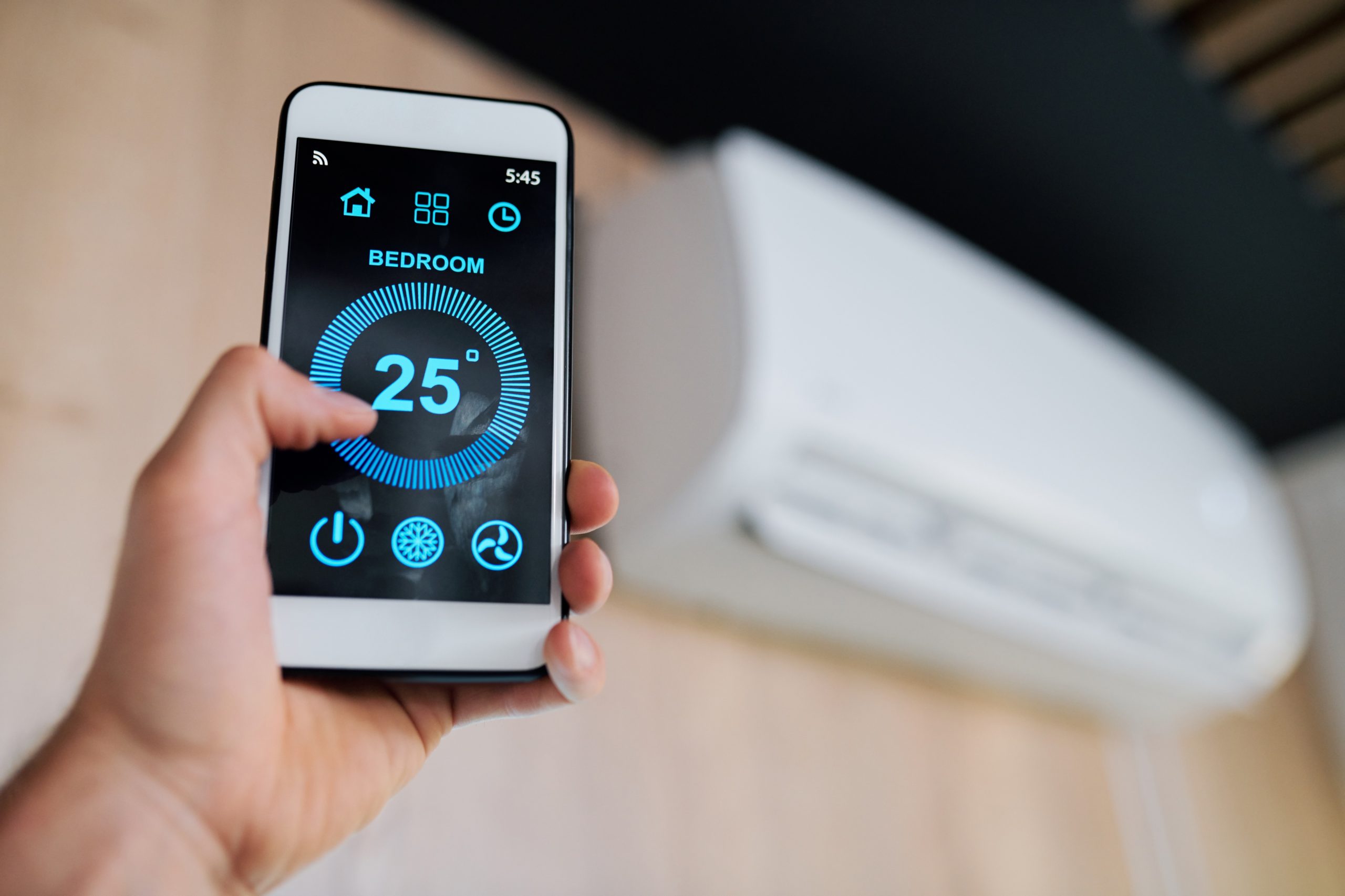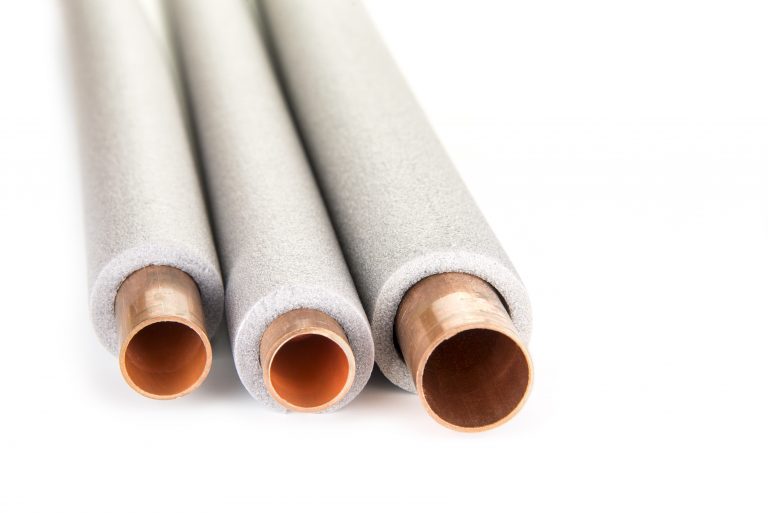Your home’s temperature has a significant impact on your energy bill. Don’t worry as there are some simple steps you can take to manage the temperature, save money, and reduce the environmental impact of energy consumption.
This article will teach you about maintaining the temperature in your house, so it’s comfortable for you and your family at all times.
1. Utilize Smart Air Conditioning
Remember all those arguments about how low or how high the house’s temperature is supposed to be set? A way to get rid of them is to use a smart air conditioner that can set room-specific temperatures. Each room gets the temperature it needs instead of the whole house being stuck on the temperature chosen by the day’s ‘lucky winner.’
Additionally, smart air conditioning doesn’t require the whole house to be heating or cooling at the same time. You can restrict activity just to the rooms you’re currently using, so you stay in control of your energy bill.
2. Make Use Of Insulation Curtains
Use insulating curtains to help keep warm air in during the winter months. Close them at night when it’s cold, but avoid closing them during daylight hours as this encourages warmer indoor temperatures, which would mean no need for heat.
3. Adapt To External Temperature
During summer, use open shades with a short window drape, preferably lined with reflective material; close all windows between 10 pm and 5 am, opening up again at 6 am and closing at 11 pm.
Close the curtains after sunset and open them in the morning. This helps warm up the room quickly since heat will build up during the day when closed and released by opening them; have the curtains closed when you want a warmer house and open them for cooler temperatures.
4. Insulate Your Fireplace
If you have a fireplace, insulate it with stone wool, but be careful of how much air is vented
through as this could cause carbon monoxide poisoning if a fire isn’t burning; avoid using wood fires as they don’t burn evenly and draw too much air through the flue (air that could otherwise be used for heating).
5. Have Weather Strips
Avoid any unnecessary drafts from open windows or vents by using weather strips on doors and windows. A large window fan can also push air out of an unheated room into a heated one without needing to open windows.
6. Insulate Hot Water Pipes
Insulate hot water pipes from outside by wrapping them with damp towels; just be sure to turn off any power before doing it. Use electric blankets on bedding rather than putting the central heating on during winter months. If you have solar panels, use them carefully so they don’t overheat your home. Also, keep air circulating through fans in summer.
7. Check The Temperature As Much As You Need To

Keep a thermometer in your home so you can check the temperature and make sure it’s not too hot or cold. Don’t have one near windows in winter as they could be freezing while other parts of the house are warmer; keep one by your bed to check whether the temperature doesn’t drop too much.
Insulate loft with extra blankets, if necessary; otherwise, use double-glazing on rooms that need to be warmer during winter months. But avoid closing curtains during daylight as this encourages warm air build-up inside without a chance for radiation outwards when there’s no sunlight.
8. Use Colors To Your Advantage
Use light colors as these reflect heat better than dark ones. Place lighter curtains in winter and dark ones during summer, but make sure they’re not too thin or the sun will heat your house. Lightly colored walls will also reflect light and heat, as well as white ceilings.
9. Be Creative
Use anything you can to your advantage even if it is using heat lamps in the bathroom. The rooms that have direct sunlight passing through them during the daytime have little need for heating up at night, so you can only concentrate on the other parts of your home. You could consider using a ventilator fan to remove hot air from the ceiling if you don’t have double-glazing. This then allows cool air from outside to be pulled into the room, radiating outwards from there throughout the day.
Conclusion
Managing your home’s temperature can be an arduous task if you’re trying to do it manually. A few tricks, however, will help you have the ideal temperature you need. The job becomes much easier if you have an HVAC system. If you make that air conditioner smart, then you can be able to do more with lesser effort.

